Digging through my childhood memories, I keep returning nostalgically to one particularly classic and well-loved Athenian scene: our Sunday family outings along the Saronic Gulf, with the southern suburb of Vouliagmeni as our destination. After spending the morning in gleeful play on the beach of Kavouri – which we did almost year-round, as summer never seemed to end there – my sister and I would look pleadingly at our parents, waiting with bated breath for them to suggest a stop at Aqua Marina (which still exists today) on the landward side of the coastal highway. There, we would each invariably order a “mouse,” a cake popular among kids in the 1980s. It was a layered pastry of luxurious chocolate and sponge, topped with a chocolate-covered cream puff shaped like… well, like a mouse, and it was delicious. Finding a table at Aqua Marina was often a challenge, but you could always get your order to go.
From June onwards, once school had closed, a day out meant a day on the beach at Lagonisi or Saronida, where several of our family friends, like so many other Athenians, had summer homes. Growing up, my path to adulthood never strayed far from the color and smells of the sea: teenage outings to Glyfada for burgers; crazy nights sweating, dancing and flirting in heels that pinched my feet at the nightclubs and bouzouki stages of Poseidonos Avenue; romantic first dates, kissing in the car at the promontory of Lemos in Vouliagmeni – an enduring lovers’ spot – or, less romantically, doing battle for a table at the bustling fish tavernas by the sea.
“No other part of the Mediterranean has such a plethora of varied coastlines, so close to the capital,” reads an article published in 1963 in Eikones, arguably the most popular magazine of the time. The fact is, however, that when we were growing up, it never even crossed our minds how lucky we were to live in a city so close to the sea. For us, the seaside was part of the city, part of our lives. But that’s not how earlier Athenians saw it.
“No other part of the Mediterranean has such a plethora of varied coastlines, so close to the capital”
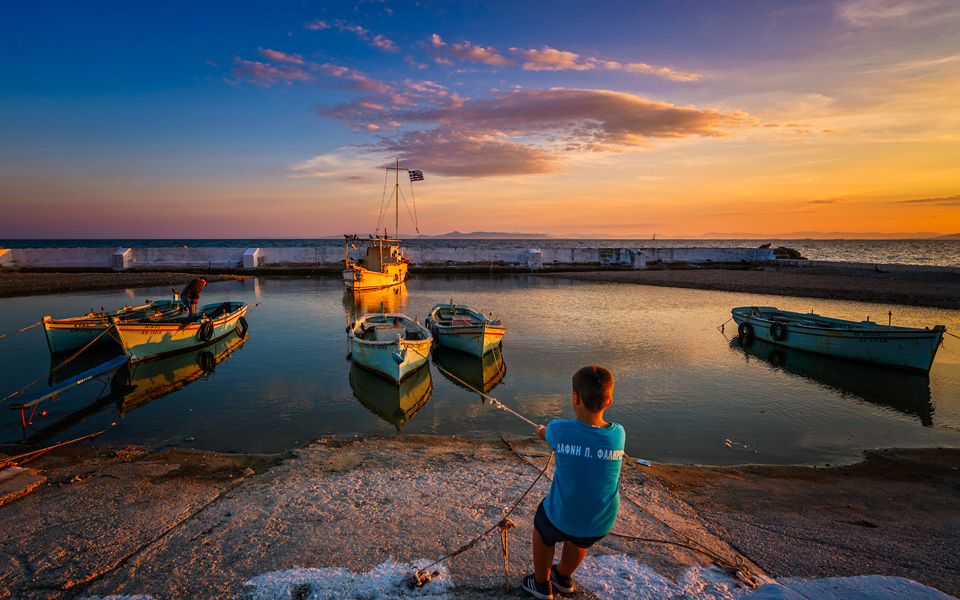
“The notion of ‘coastal Athens’ dates to the early 20th century at best, when a private cooperative decided to build summer homes for the Athens elite on the marshlands of Faliro Bay”
“Historically, Athens has always been in the center of the Attica basin, around the Acropolis, and had a separate port, nearby, at Piraeus. It never really developed along the length of the coastline, only vertically towards it,” explains architectural historian Stavros Martinos. “The notion of ‘coastal Athens’ dates to the early 20th century at best, when a private cooperative decided to build summer homes for the Athens elite on the marshlands of Faliro Bay, as had been the case in Kifissia in the north, to take advantage of the rail connection between Athens and Piraeus. In effect, though, the connection of the city to the sea is a distant notion, and the coast remains a different world.
“The area that does have a strong connection to the sea is the stretch from Paleo Faliro to Glyfada. Likewise, smaller seaside towns like Voula and Vouliagmeni make sense in the broader scheme of things, because they have marinas and promenades.”
Though there is little there today to reference its bygone grandeur, the history of the Athens Riviera did in fact begin in Neo Faliro, on the outskirts of Piraeus. The construction, in 1905, of the landmark luxury hotel Aktaion (replaced today by a large private hospital) and the development of good public transport services spurred Neo Faliro’s transformation into a popular cosmopolitan resort, the haunt of the city’s enfants gâtés. These golden days were short-lived, however, as the appearance of industrial units along the banks of Kifissos River – which lets out in Faliro Bay – during the interwar years led to the progressive decline of the area at large.
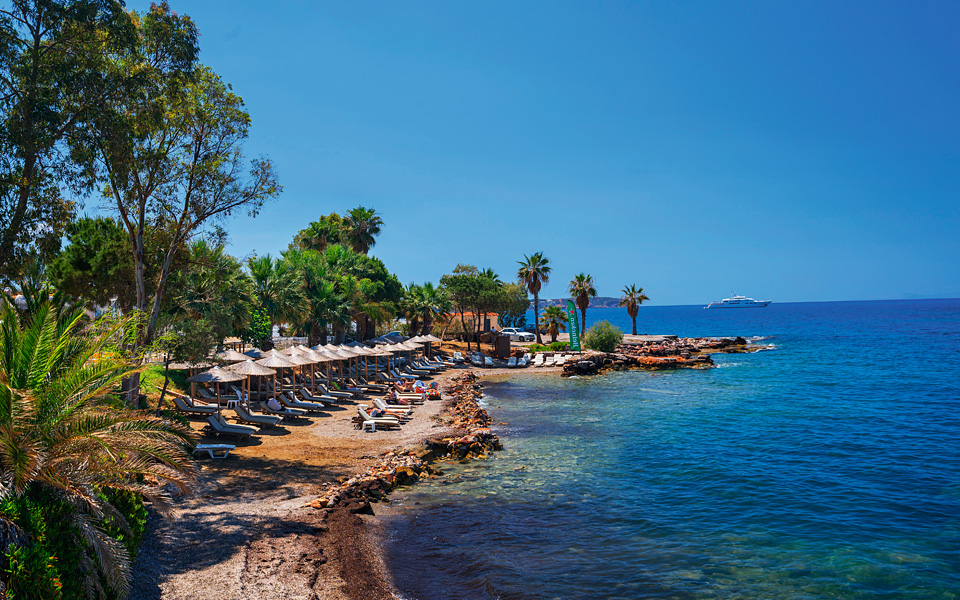
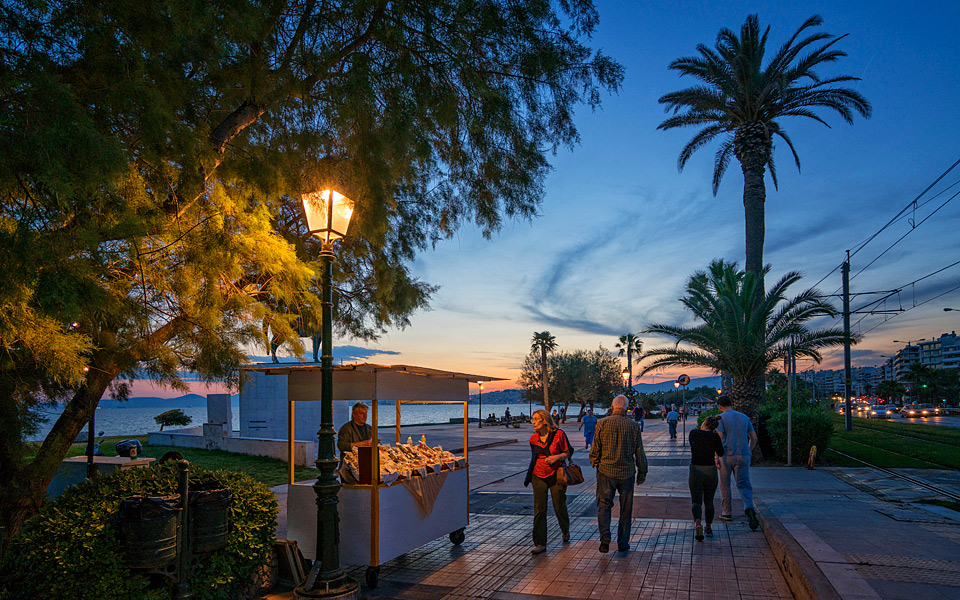
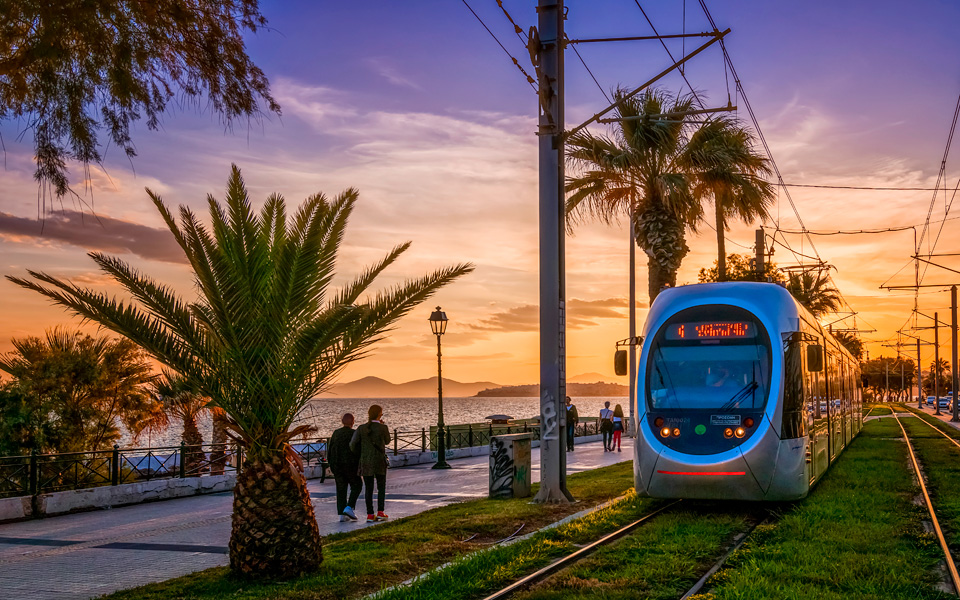
“How many of our readers know that less than 10 kilometers from the city center there’s a stunning coastline boasting luxury-grade organized beaches, free-access bathing spots, high-end hotels and marinas filled with private yachts?”
Athens did not start casting its eyes back towards the sea again until the late 1950s, with the construction of the Poseidonos coastal highway and other efforts to improve the tourism infrastructure. The foundation stone for this new era was laid in Glyfada, with the 1954 unveiling of Asteria, a pioneering beach complex with cabanas, bungalows, a restaurant and a bar. Other organized beaches, in Vouliagmeni and elsewhere, followed over the years. By the 1960s, Athenians were living to the rhythm of their own dolce vita, dancing on the sand, drinking Campari and soda, and eating hot dogs under the warm Attic sun. The city had discovered the charms of beach culture, and when the weather was fine, which was usually from April through October, this is what life was all about.
This happy message, however, was never successfully conveyed to the city’s visitors. How many of our readers know that less than 10 kilometers from the city center there’s a stunning coastline boasting luxury-grade organized beaches, free-access bathing spots, high-end hotels and marinas filled with private yachts? How many are aware that Athens’ beaches are lively and inviting, or that remarkable efforts – mainly by private businesses in the area – have been made to establish the Athens Riviera as a brand name and an intrinsic part of the capital’s cultural identity?
How many readers could tell you that the triangle formed by three of Greece’s most important archaeological sites – the Acropolis, the Temple of Poseidon at Sounio and the Temple of Aphaea on the island of Aegina – is graced by a ribbon of coastline where leisure and entertainment go hand in hand with history and culture? Do they realize that the tram, the main mode of transport between Neo Faliro and Voula, always smells faintly of coconut oil in the summer, or that a 20-minute drive from downtown Athens could afford them the opportunity to water-ski, windsurf or indulge in any other activity that tickled their fancy, such as renting a boat and heading out with friends for a day on the sea?
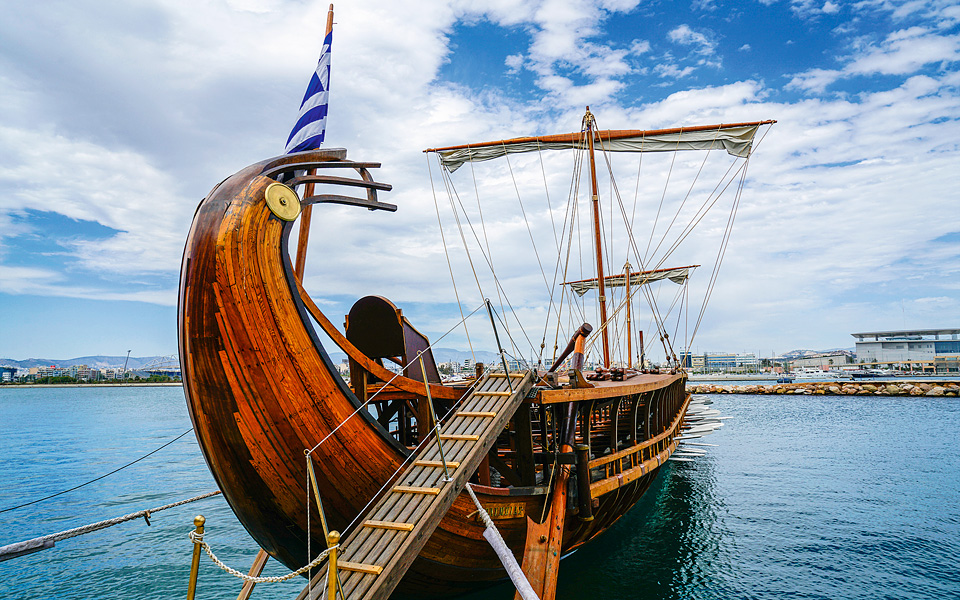


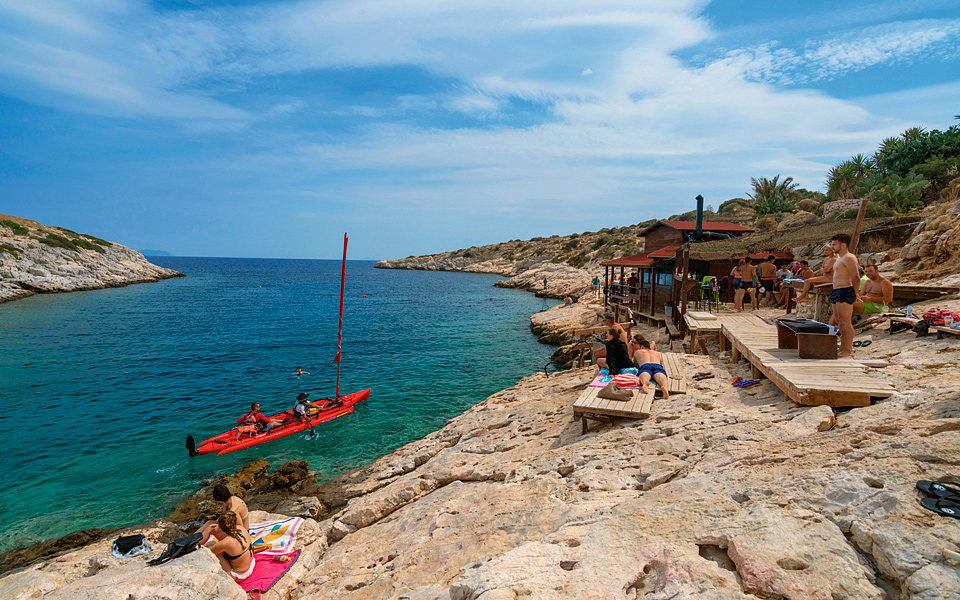
There are those who are trying to get the message out there. “You won’t find what we have here anywhere else in the world; the sense that you’ve escaped to an island when, in reality, you’re still right on the fringe of a big city,” says Chrysanthos Panas, a businessman who grew up in the southern suburbs and who was the first to use the term ‘Athens Riviera’ to describe the city’s coastal front, soon convincing others to do so as well.
Stray a bit from the heart of this beautiful new Riviera, however, and not everything is as golden. The approximately 40k stretch that connects Neo Faliro to Saronida (it’s another 27k from there to the breath-taking temple at Sounio) offers lovely sandy beaches, rocky outcrops seemingly designed for sunning and diving, and clean bathing waters, but you will also come across fences and gates preventing free access to the beach, effectively cutting it off from the urban fabric. There are also the closed Olympic facilities (such as the Tae Kwon Do and Beach Volley stadiums), huge concrete ghosts from the heyday of 2004 when the Olympic Games returned amid so much fanfare to their birthplace. There is the massive expanse of the city’s old airport at Elliniko – until 2001, airplanes literally swooped across the rooftops of houses to land and take off – which will eventually be transformed into a metropolitan park, but currently serves as a refugee reception center. There’s even the coastal highway itself, which, as one of the largest high-speed roads in Athens, seems at times to literally sever the sea from the city.
While some stretches of the coast are facing challenges, there’s much brighter news close to home. The recently completed Stavros Niarchos Foundation Cultural Center on Faliro Bay, designed by Italian architect Renzo Piano and set in beautiful gardens covering more than 200,000 square meters, has breathed new life into the area. The ambitious project has brought together the new premises of both the National Library and the Greek National Opera, and gives Athens yet another reason to look to its shores.
“The approximately 40k stretch that connects Neo Faliro to Saronida (it’s another 27k from there to the breath-taking temple at Sounio) offers lovely sandy beaches, rocky outcrops seemingly designed for sunning and diving, and clean bathing waters”












